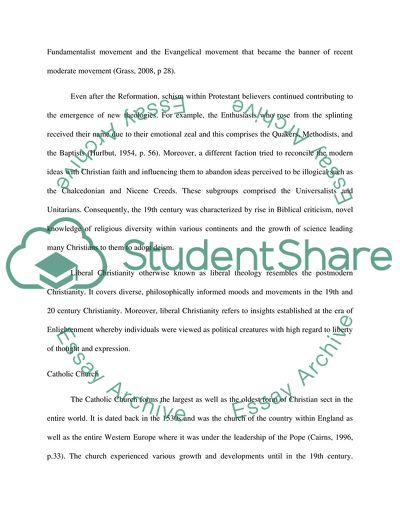Cite this document
(Navigating Church History Essay Example | Topics and Well Written Essays - 2750 words, n.d.)
Navigating Church History Essay Example | Topics and Well Written Essays - 2750 words. https://studentshare.org/religion-and-theology/1824000-navigating-church-history
Navigating Church History Essay Example | Topics and Well Written Essays - 2750 words. https://studentshare.org/religion-and-theology/1824000-navigating-church-history
(Navigating Church History Essay Example | Topics and Well Written Essays - 2750 Words)
Navigating Church History Essay Example | Topics and Well Written Essays - 2750 Words. https://studentshare.org/religion-and-theology/1824000-navigating-church-history.
Navigating Church History Essay Example | Topics and Well Written Essays - 2750 Words. https://studentshare.org/religion-and-theology/1824000-navigating-church-history.
“Navigating Church History Essay Example | Topics and Well Written Essays - 2750 Words”. https://studentshare.org/religion-and-theology/1824000-navigating-church-history.


